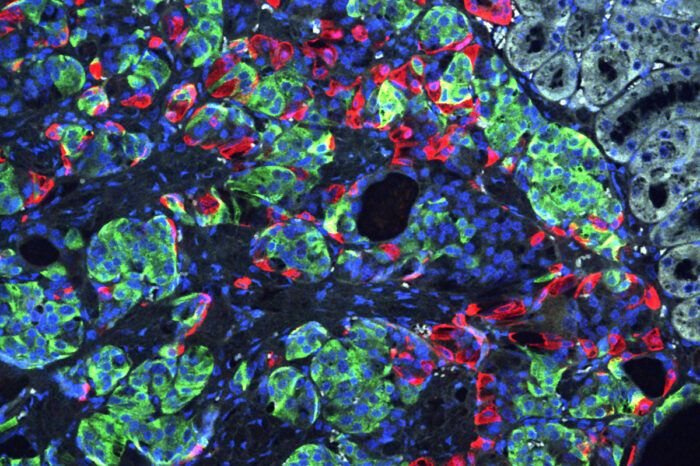For a few years now, scientists at Washington University have been working on techniques to turn stem cells into pancreatic beta cells as a way of addressing insulin shortages in diabetics. After some promising recent strides, the team is now reporting another exciting breakthrough, combining this technique with the CRISPR gene-editing tool to reverse the disease in mice.
The pancreas contains what are known as beta cells, which secrete insulin as a way of tempering spikes in blood-sugar levels. But in those with diabetes, these beta cells either die off or don’t function as they should, which means sufferers have to rely on diet and or regular insulin injections to manage their blood-sugar levels instead.
One of the ways scientists are working to replenish these stocks of pancreatic beta cells is by making them out of human stem cells, which are versatile, blank slate-like cells that can mature into almost any type of cell in the human body. The Washington University team has operated at the vanguard of this technology with a number of key breakthroughs, most recently with a cell implantation technique that “functionally cured” mice with diabetes.
